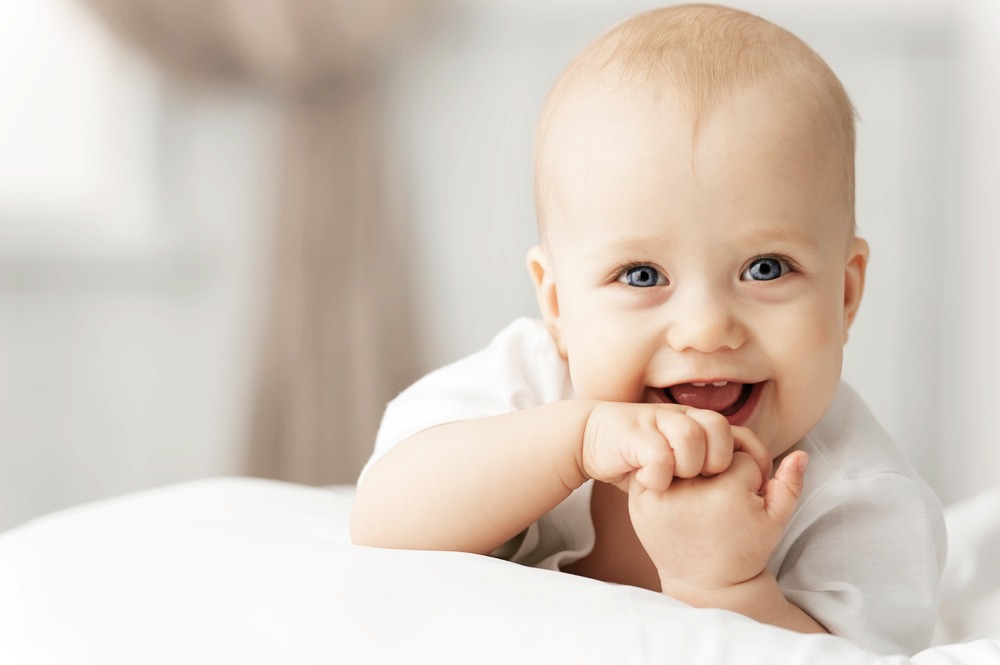Every wondered what babies remember?
A recent study has discovered a something simple and practical that will supercharge a baby’s memory.
Babies are super sensitive to the emotions of people and animals – but we already knew that. What we didn’t know until a recent study, is that babies will remember things that are paired with happy emotions.
The Research – What They Did
5-month-old babies were exposed to a voice that was either happy, neutral or angry, together with a geometric shape.
Five minutes later and again one day later, the babies were shown two shapes side by side – one was a novel shape previously unseen by the babies and one was a shape they had already seen in the original testing session.
Obviously babies can’t talk but researchers were able to identify what they find familiar by paying attention to their eye gaze, specifically by noting the time the babies spent looking at each image and how many times the babies looked from one image to another.
What They Found
The babies remembered the shapes that were paired with a happy voice. In comparison, they didn’t seem to remember the shapes that were accompanied by neutral or negative voices.
The results demonstrated that babies’ memories are influenced by the emotions present at the time of storing the memory.
As explained by lead author and psychology professor Ross Flom, ‘We think what happens is that the positive affect heightens the babies attentions system and arousal. By heightening those systems, we heighten their ability to process and perhaps remember …’
The take-away from this study is the importance of emotion for establishing memories for babies. The important take-away here is that anything that can be done to create happy, positive feelings around will help facilitate a baby’s memory and learning.
(P.S. I wonder if there’s something in that for teenagers. Maybe that’s why, for love or money I cannot get a tidy teenage bedroom around here – because by the time I’m ‘mentioning’ it, the happy feelings that are usually abundant, have left the building so quickly that they’re in another time zone with their feet up sipping on mojitos by the time I get to ‘please’ (said in caps lock with several exclamation marks). Actually in the spirit of honesty, ‘please’ generally isn’t the word I finish on … Actually no. No I don’t think that’s it.)



Leave a Reply